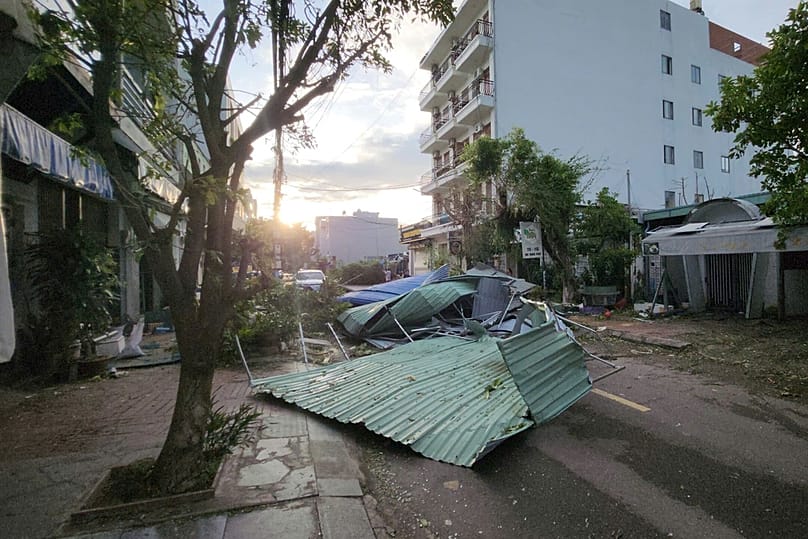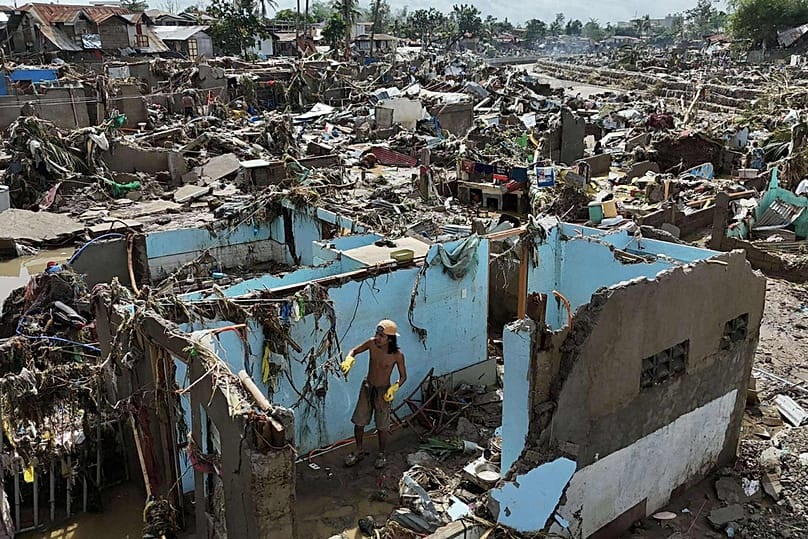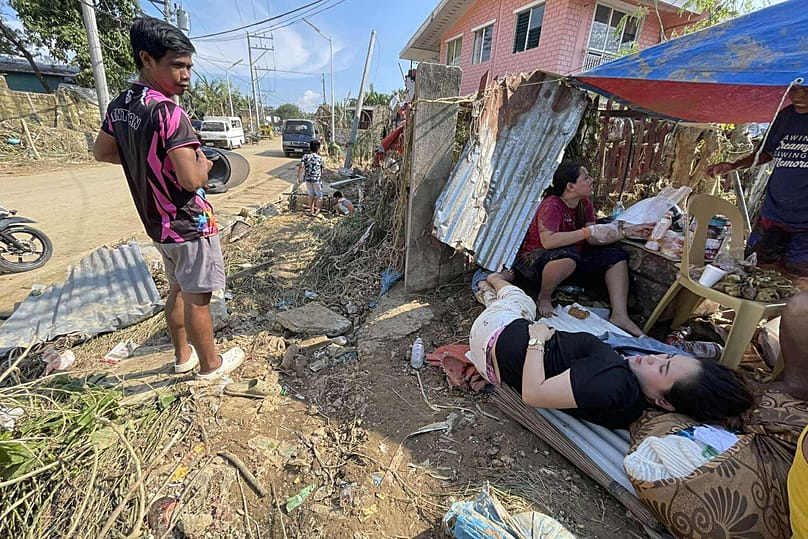
At least five people were killed in Vietnam after Typhoon Kalmaegi made landfall on Thursday, bringing fierce winds and torrential rains, and leaving widespread damage in its wake across the country’s central provinces.
Local officials reported three deaths in Dak Lak and two in Gia Lai provinces — while three others remained missing in Quang Ngai, according to Vietnamese state media. Six people were also injured.
52 houses were reported to have collapsed and nearly 2,600 others sustained damage to varying degrees. Local media reported that roofs had blown off on many properties, including over 2,400 in Gia Lai alone.
Damage was also done to critical infrastructure, including grids and plants which supply power and energy to millions of residents. Power outages have affected an area encompassing more than 1.6 million households.

It comes just days after close to 190 people were killed in the Philippines as the storm struck the archipelagic nation of more than 7,600 islands, leaving dozens more missing.
Philippines President Ferdinand Marcos Jr. declared a state of national emergency on Thursday as the country braced for another potentially powerful storm, Typhoon Fung-wong, known locally as Uwan.
The weather bureau said Fung-wong could expand to an estimated 1,400 kilometres in diameter before making landfall late on Sunday or early Monday in the northern Aurora province, potentially affecting the densely populated capital region of Manila.
Kalmaegi left at least 188 people dead and 135 missing in the Philippines, according to the Office of Civil Defence, displacing more than half a million people in its path. Nearly 450,000 were evacuated to shelters, and over 318,000 remained there as of Thursday.

Many areas in Vietnam reported uprooted trees, damaged power lines and flattened buildings as Kalmaegi weakened into a tropical storm as it moved into Cambodia on Friday.
Factories lost their roofs and equipment was damaged because of flooding in the Vietnamese province of Binh Dinh. In hard-hit Quy Nhon, residents woke up to find corrugated metal roofs and household items scattered along the streets.
Residents, upon assessing the extent of the damage on Friday, were presented with streets littered with fallen branches, twisted sheets of metal, and muddy water puddled across the streets, after the river had surged to record heights overnight.

Shopkeepers dragged out waterlogged goods to dry in the sun, while families swept mud from their doorsteps and patched together missing roof tiles.
Vietnamese authorities said more than 537,000 people were evacuated, many by boat, as floodwaters rose and landslides loomed. The storm was forecast to dump up to 600 millimetres of rain.
The storm is now headed west to Cambodia and Laos after pummelling through central Vietnam on Thursday with winds exceeding speeds of 149 kilometres per hour.
Since its classification was downgraded, experts are predicting damage in Cambodia and Laos to be less severe than that experienced in Vietnam and the Philippines. The storm’s winds are now being measured at around 85 kilometres per hour.